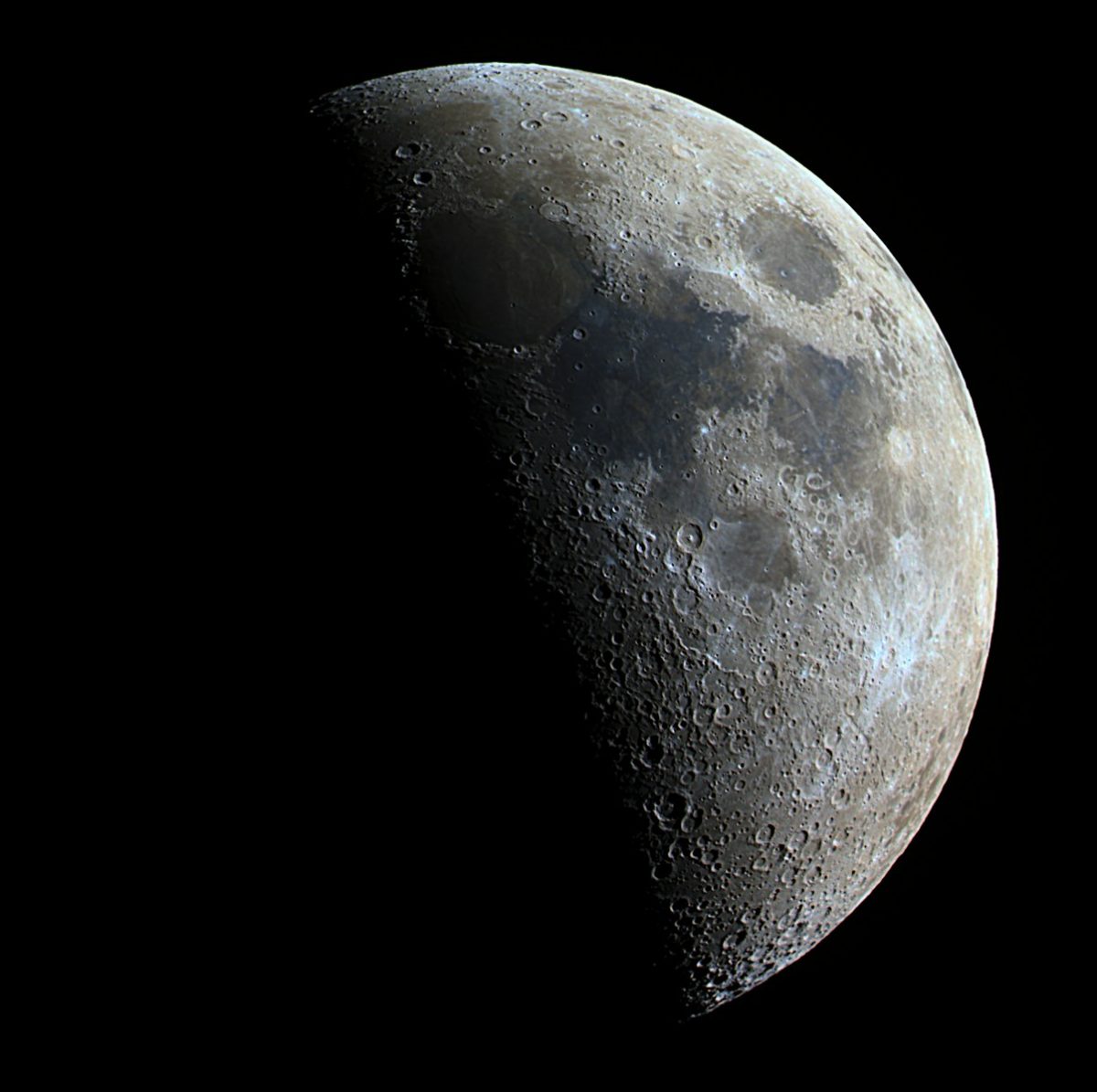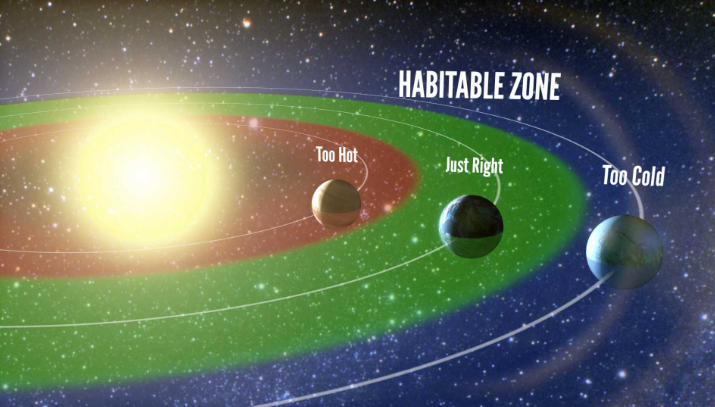
What is the Goldilocks Zone?
Read Story
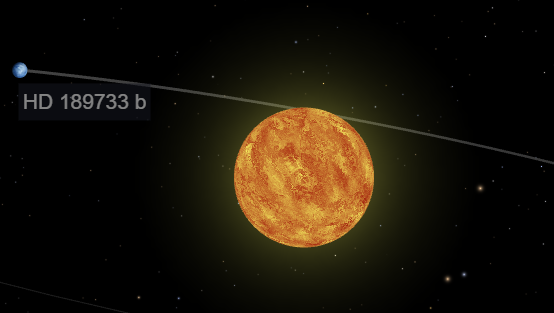
HD 189733b
Read Story
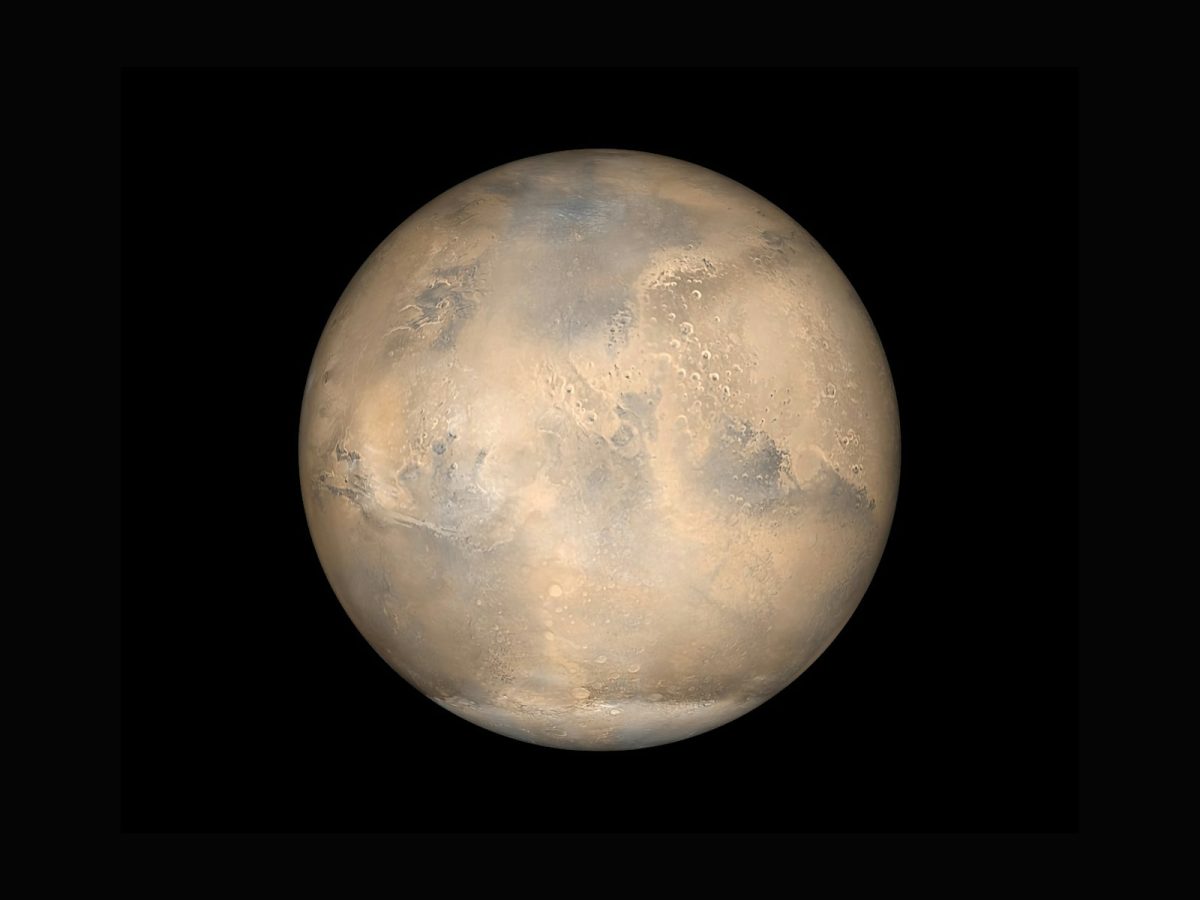
Mercury: The Swift Planet
Read Story
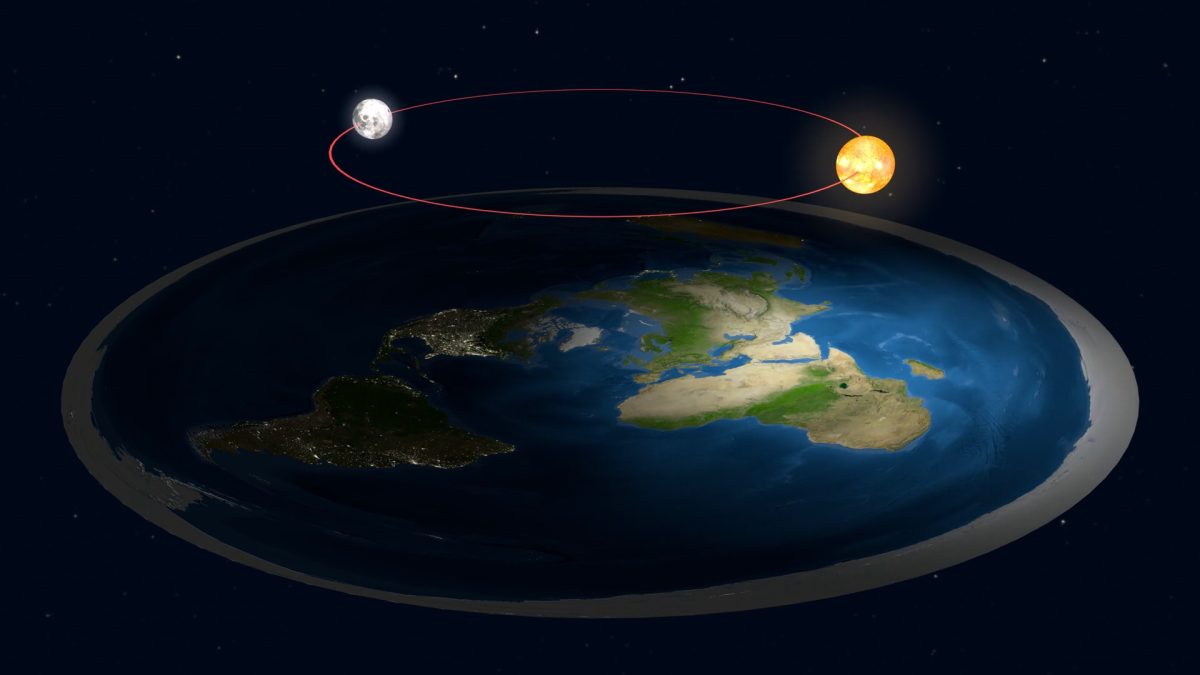
If The Earth Was Flat
Read Story
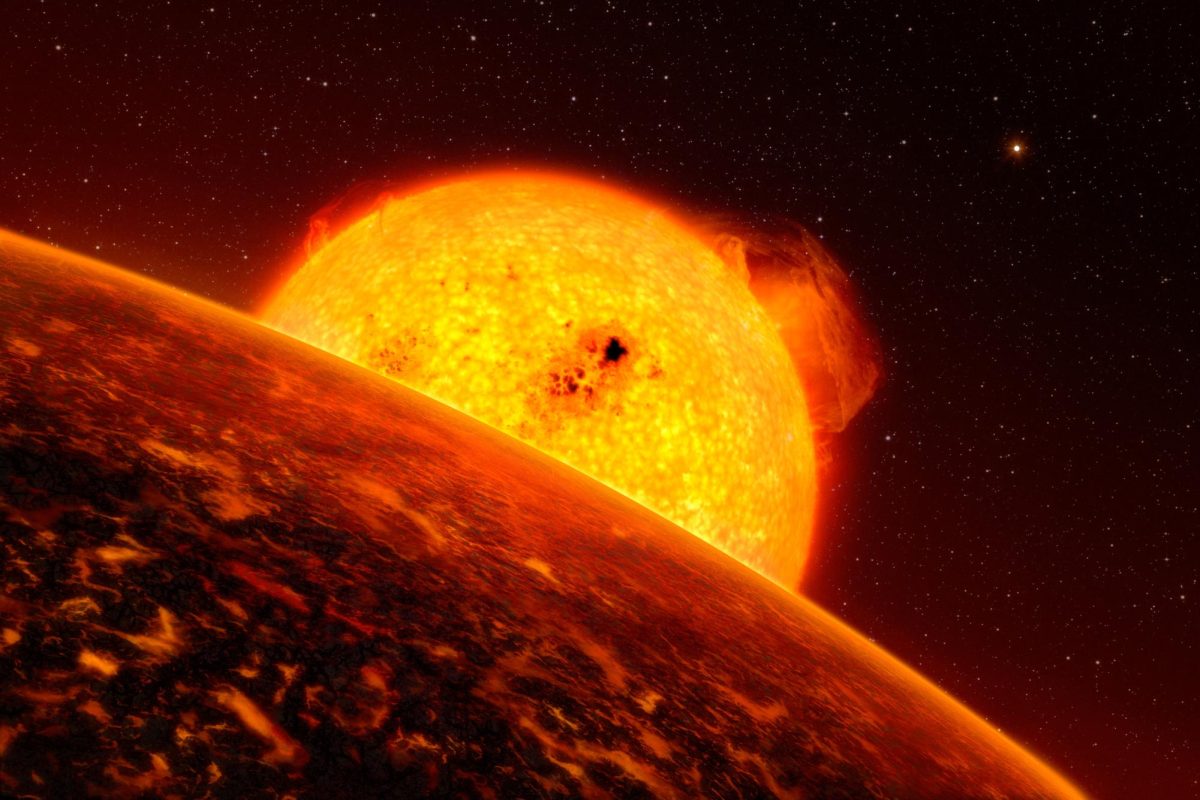
Different Types Of Planets
Read Story

If The Earth Had Rings
Read Story
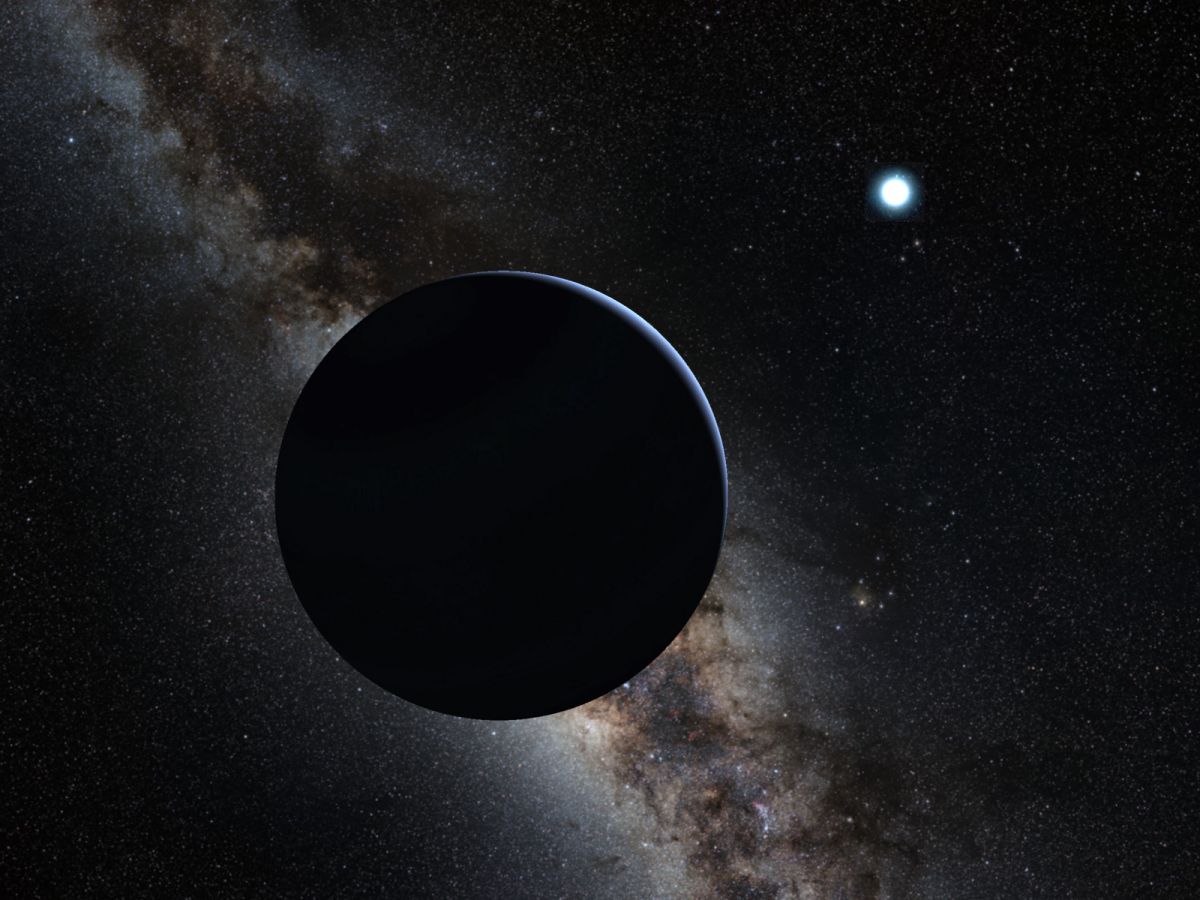
Planet X
Continue Reading
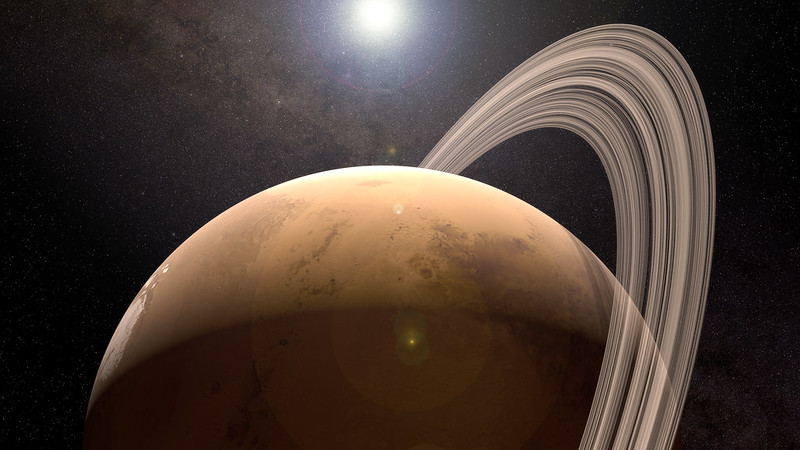
Mars Will Soon Have Rings
Read Story
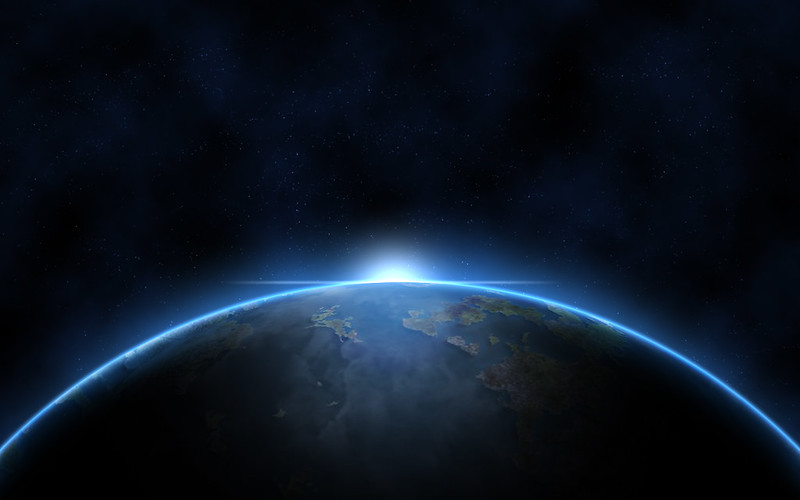
YZ Ceti B
Read Story
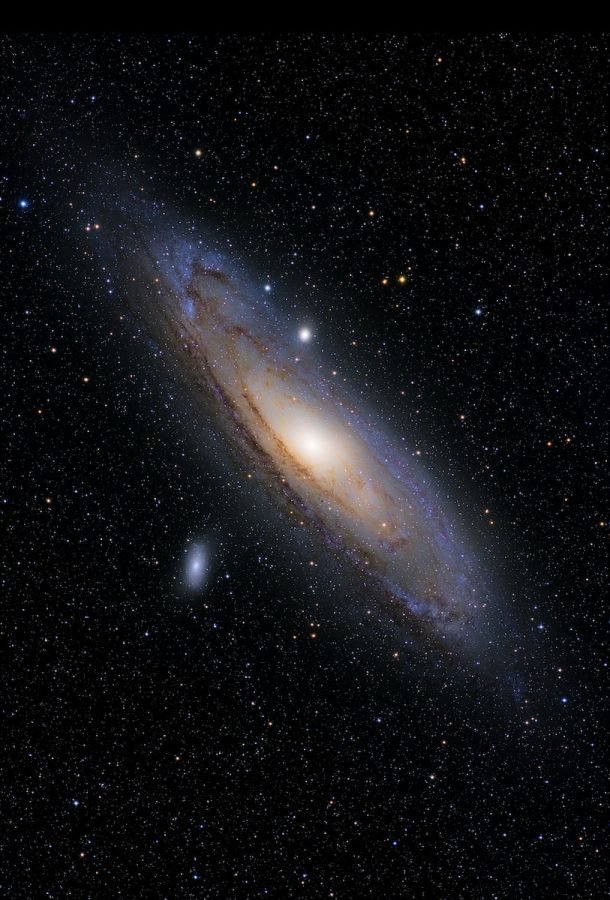
Kepler-442b
Read Story
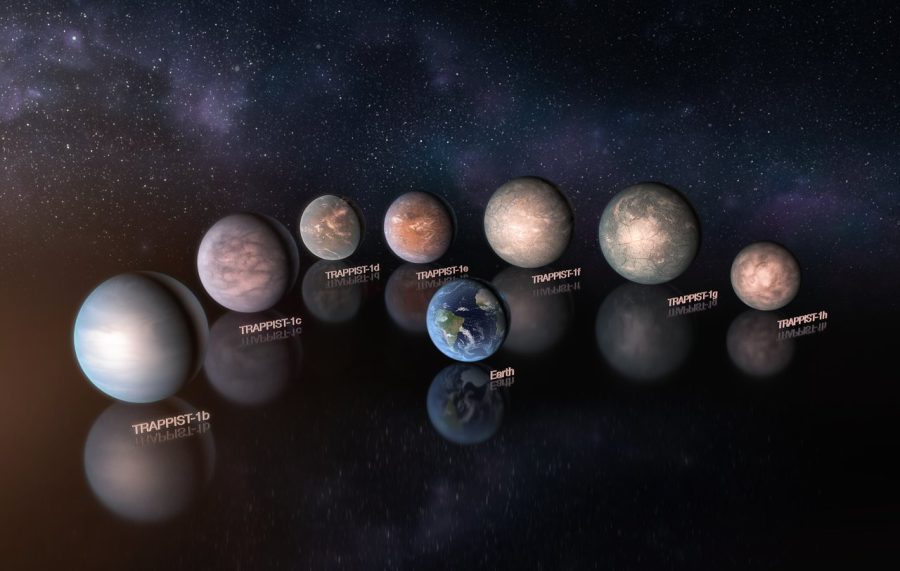
Trappist-1 System
Read Story
